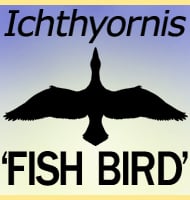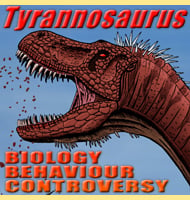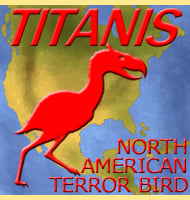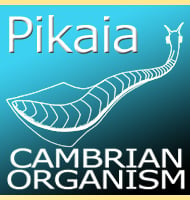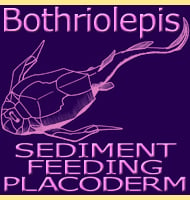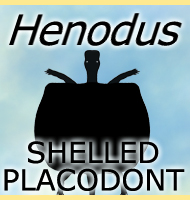In Depth
Eriocampa is a genus of sawfly that is still alive today, but is also known from several extinct species that seem to have been common in North America during the Eocene, though one species, E. oligocenica, is recorded as being alive during the Oligocene of France. At the time of writing there are eight recorded extinct species of Eriocampa; E. bruesi, E. celata, E. oligocenica, E. pristina, E. scudderi, E. synthetica, E. tulameenensis and E. wheeleri. Out of all these, E. tulameenensis from the Eocene of Canada is recorded as being the largest. However the incomplete preservation of the E. tulameenensis type specimen makes a precise measurement hard to establish other than it was larger than other known extinct species.
Further Reading
- New Phytophagous Hymenoptera from the Tertiary of Florissant, Colorado. Bulletin of the Museum of Comparative Zoology, Harvard College 51(10):259-276. - C. T. Brues - 1908. - The Tertiary Tenthredinoidea of the Expedition of 1908 to Florissant, Colorado. - Bulletin of the American Museum of Natural History 24:591-595. - S. A. Rohwer - 1908. - Fossil insects and a crustacean from Florissant, Colorado. - Bulletin of the American Museum of Natural History 28:275-288. - T. D. A. Cockerell - 1910. - Fossil Insects from Florissant, Colorado. - Bulletin American Museum of Natural History 30:71-82. - T. D. A. Cockerell - 1911. - Miocene fossil insects. - Proceedings of the Academy of Natural Sciences of Philadelphia 66:634-648. - T. D. A. Cockerell - 1915. - The fossil sawflies of Florissant, Colorado. - The Entomologist 55:49-50. - T. D. A. Cockerell - 1922. - Les insectes fossiles des terrains oligoc�nes de France. - Bulletin Mensuel (M�moires) de la Soci�t� des Sciences de Nancy 1:1-473. - N. Theobald - 1937. - Two Tertiary sawflies (Hymenoptera-Tenthredinidae) from British Columbia. - Geological Survey of Canada, Paper 67-59:1-21. - H. M. A. Rice - 1968.

